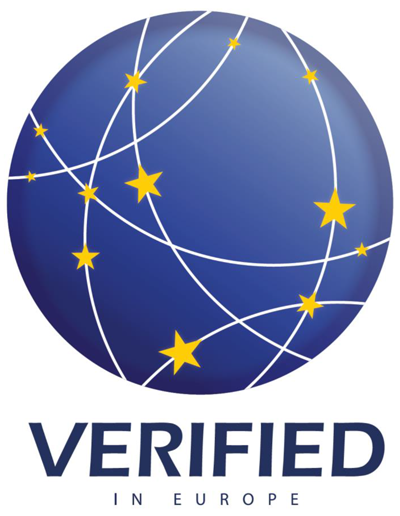
Due to the Internet of Things (IoT), the amount of connected devices is continuously growing. This presents new challenges in terms to software security. In the “Verification Engineering of Safety and Security Critical Industrial Applications” (VESSEDIA) project, which ended on December 31,2019, verification tools and and methods originally designed for safety critical applications were adapted for a more cost-effective certification of IoT devices.
In domains of high criticality such as aerospace, railway or finance, high investments are already made for software testing and static analysis methods. IoT applications, however, usually have shorter development cycles and demand very low development costs. It is therefore difficult to apply strong static analysis methods to ensure the safety and security of IoT systems.
The VESSEDIA project is aiming to enhance the possibilities of software analysis tools. Its goal is to ease the use of tools for highly-dynamic systems in domains of lower criticality, thus increasing the number of potential applications of the tools. In addition, the developed analysis methods should not incur additional costs.
